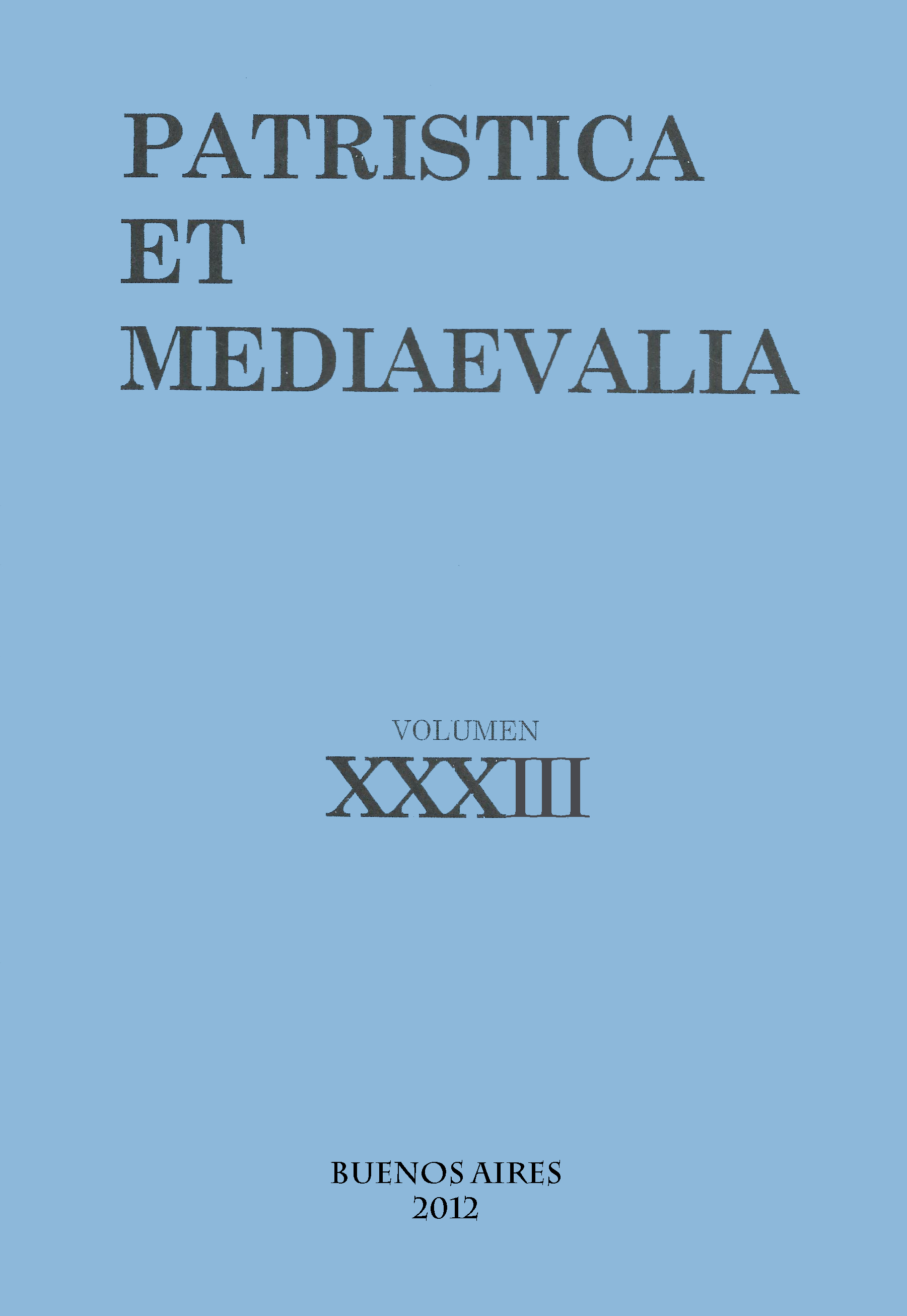Universals as fictions (figmenta) according to John of Salisbury
Abstract
We intent to analyze John of Salisbury’s Metalogicon, II, 20, in order to identify its dependence on Boethius’ considerations for obtaining universal concepts, and to highlight the different specifications of universals, which culminate in their characterization as rational (i.e., scientific and philosophic) and poetic fictions.Downloads
References
Bloch, D. (2010). Monstrosities and Twitterings: A Note on the Early Reception of the Posterior Analytics. Cahiers de L’Institut du Moyen Ageists et Latin, 79, 1-6.
Geyer, B. (1919). Die Glossen zu Porphyrius. En Peter Abaelards, Philosophische Schriften, Beiträge zur Geschichte der Philosophie des Mittelalters. Münster: Aschendorff.
Grellard, Chr. (2007). Jean de Salisbury. Un cas médiéval de scepticisme. Freiburger Zeitschrift für Philosophie und Theologie, 54(1), 16-40.
Grellard, Chr. (2010). Do arquétipo à ficção: a ambivalência da ideia em Joao de Salisbury. Discurso, 40, 45-69.
Grellard, Chr. (2011). Academicus. En Atucha, L. et al. Mots Médiévaux offerts à Ruedi Imbach. Porto: FIDEM, 11-21.
Hendley, B. (1970). John of Salisbury and the Problem of Universals. Journal of the History of Philosophy, 8(3), 289-302.
Lejeune, F. (2009). Jean de Salisbury, Metalogicon, trad., intr. & notes F. Lejeune. Paris/Laval: Vrin-Presses Universitaire de Laval.
McGarry, D. D. (2009). John of Salisbury, The Metalogicon, translated by D. D. McGarry. Philadelphia: Paul Dry Books (First edition 1955).
Tursi, A. (2011). Nueve tesis sobre los universales según Policraticus y Metalogicon de Juan de Salisbury. Patristica et Mediaevalia, 32, 38-50.
1. The authors who publish in this magazine accept the following conditions:
-
They retain the copyright and grant to the magazine the right of the first publication, with the work registered under the Attribution-ShareAlike 4.0 International License that allows third parties to use what is published as long as they mention the authorship of the work and the first publication in this magazine.
-
They can make other independent and additional contractual agreements for the non-exclusive distribution of the version of the article published in this magazine (eg. include it in an institutional repository or publish it in a book) provided that they clearly indicate that the work was first published in this journal.
-
They are allowed and recommended to publish their work on the Internet (for example on institutional or personal pages).
2. AutoArchive Conditions. Authors are allowed and encouraged to distribute post-print electronic versions of their manuscripts because it promotes their circulation, a possible increase of quotation and a major reach among the Academic community. Color RoMEO: blue.













